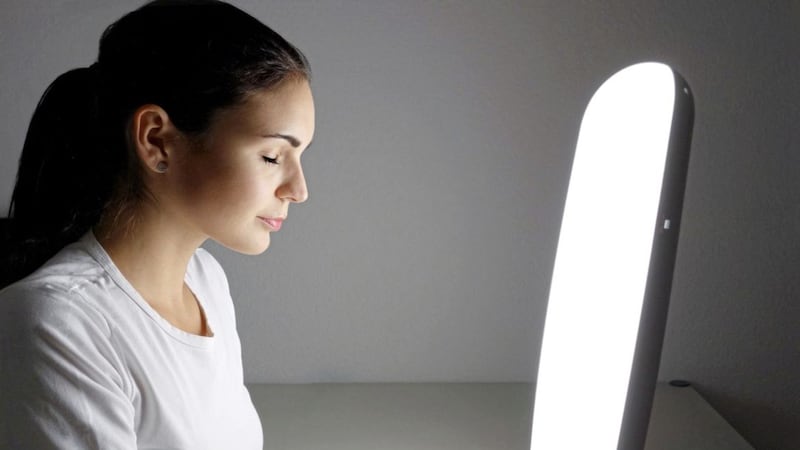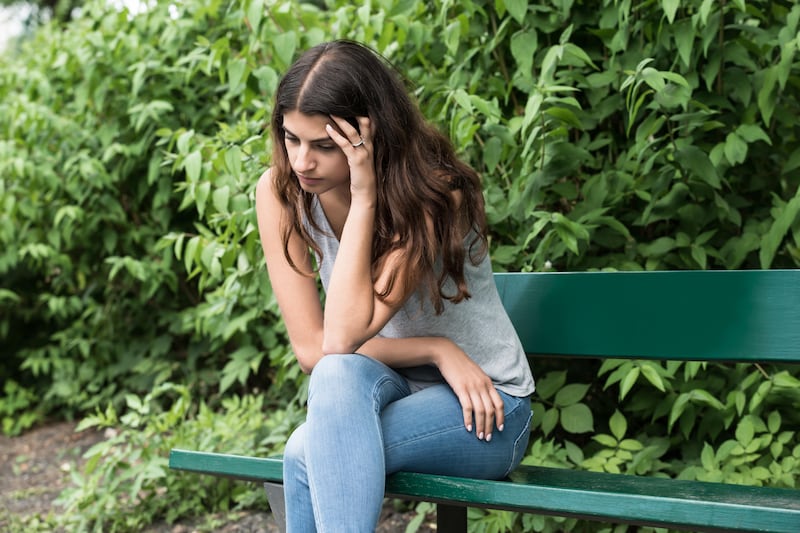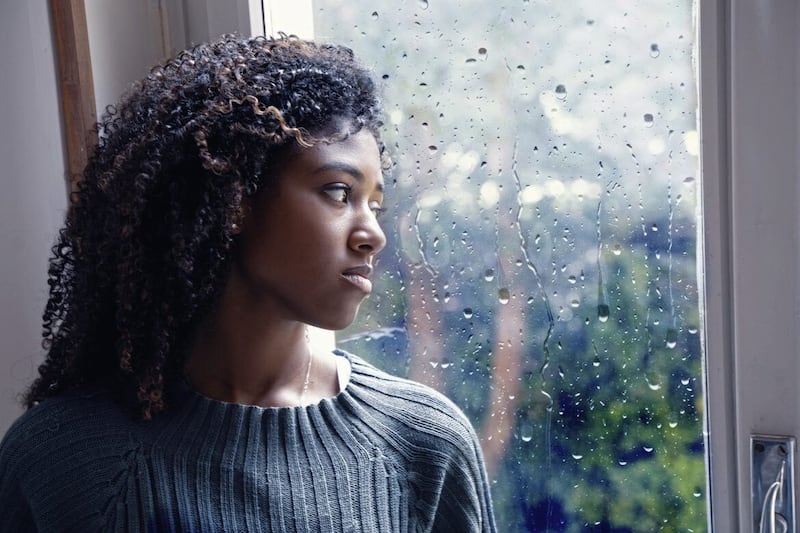DOES the onset of winter fill you with dread – because it's not just the skies that'll be turning dark and gloomy, but your mood too?
While a touch of winter blues is quite common, full-blown seasonal affective disorder (SAD – a recognised form of clinical depression that occurs as a response to less light exposure during wintertime) is relatively rare and can be majorly debilitating.
"We think about 3-8 per cent of the UK population suffers with SAD," says Dr Balu Pitchiah, SAD specialist and consultant psychiatrist at The London Psychiatry Centre (psychiatrycentre.co.uk). "But there is something called subthreshold SAD which affects about 20 per cent of the population," he adds, referring to people who may experience symptoms but to a more minor extent.
The key factor in SAD is the clear seasonal pattern. "We usually find people get symptoms of depression throughout the winter months, but mostly from September to March or April," says Pitchiah. Generally, this means things like consistent low mood and sense of hopelessness, loss of interest and motivation – but often with the addition of sleeping much more than usual and increased appetite, particularly cravings for "sugary, fatty, carbohydrate-rich foods".
Stuart Haydock, a clinical psychologist at Bupa (bupa.co.uk), says people might also "have trouble staying connected to family and friends".
Pitchiah adds that "research shows people with SAD have a slightly different sensitivity to light, [so] they're predisposed to developing it". That said, whether you have full-blown SAD or merely a touch of winter blues, there are lots of things that can help – and there is no need to battle on alone.
:: Don't suffer in silence
Struggling with any symptoms of depression, but not sure whether it's full SAD? Pitchiah says: "It's always useful to have a conversation with your doctor."
Getting help earlier can prevent SAD getting worse, and if you don't have SAD, there might be something else going on that needs to be looked at. "There are many interventions that can help, so why wait until things get worse? There's no harm in having that conversation – and your doctor might say, 'Just take a few precautions, make some modifications and let's see how things go'. Not everyone will need antidepressants," Pitchiah adds.
:: What are the treatment options?
SAD treatment options can include antidepressants and cognitive behavioural therapy (CBT): "CBT is one of the most successful talking therapies for depression and may help someone manage their SAD symptoms. It may even stop the symptoms coming back each year," notes Haydock.
Other drug-free depression treatments, such as rTMS (Repetitive Transcranial Magnetic Stimulation), may be an option for some people – and of course, light therapy can be hugely helpful.
"Light boxes can be a very powerful and easy intervention. About 30 minutes to an hour a day really helps," says Pitchiah, who suggests using them earlier on in the day, as some people say they struggle to sleep after using them in the evening.
Some people see improvements within five days' use, with symptoms disappearing after one or two weeks, notes Haydock, "though it can take up to six weeks to work.
:: Small steps can make a big difference
The power of behavioural habits shouldn't be underestimated, however. Pitchiah says there are three main things they normally recommend – sticking to a good routine, diet and physical activity.
"When people with SAD get their symptoms, they tend to sleep more and can't stick to routine. But the first thing [we say is], it's really, really important to stick to your routine – try and stick to getting up at the same time each day and stick to your routine."
Keeping up social contact is also important. "If someone's suffering with SAD, they may find it difficult to maintain contact with friends and family. Arranging regular catch-ups in advance might help to overcome this," says Haydock. "Human contact is good for building emotional resilience and it doesn't have to be anything too complicated."
:: Eat yourself well
Foods rich in tryptophan, an amino acid associated with serotonin production, have been found to help relieve depression. "So fish, bananas, nuts, avocados – these are some of the main examples we recommend," says Pitchiah.
He urges people to be mindful of stodgy and sugary cravings too, which can do more harm than good, while vitamin D – the 'sunshine vitamin' – is also important so consider taking a supplement.
:: Keep active
"It can be very difficult for people to get out and go for walks when it's dark in the mornings and early in the evenings, but it's very important to keep on with the activity you usually do during summer months," says Pitchiah, "physical activity does really help."
And if you can exercise outdoors – even if it's just a stroll – even better. "Exercise can help to treat conditions associated with low mood and can take the mind off things, even for a short while," says Haydock. "Being able to exercise outside can help increase sunlight exposure, but it has plenty of other benefits, so it's worth a try."








